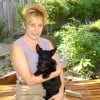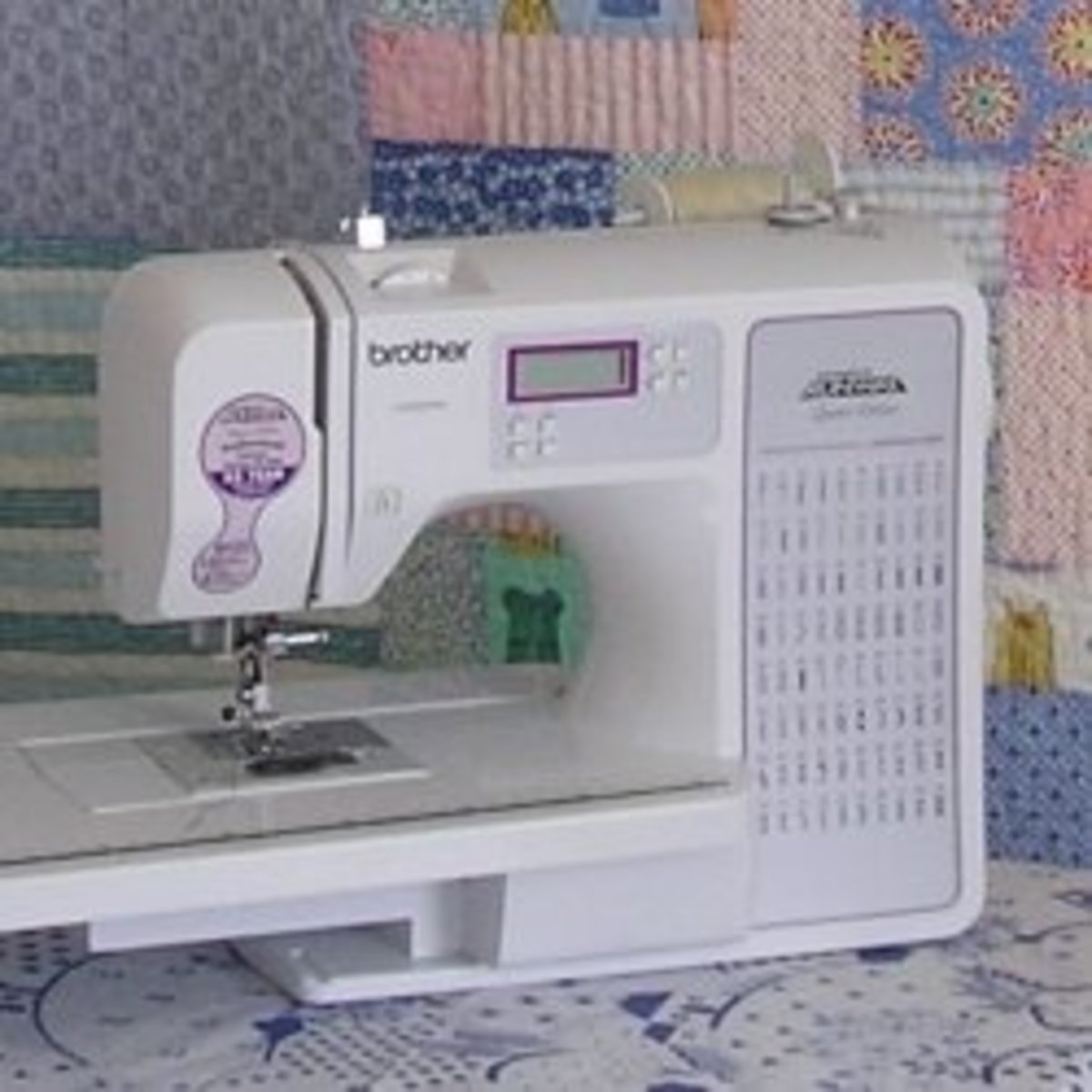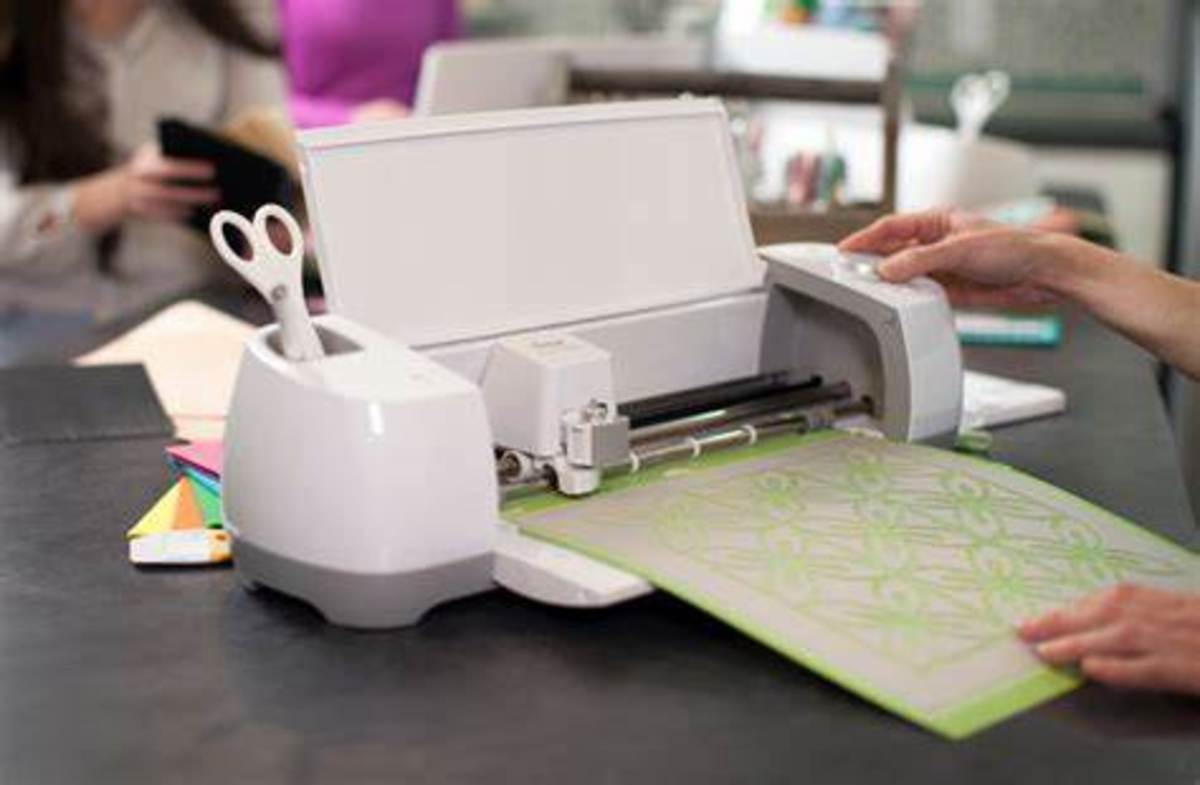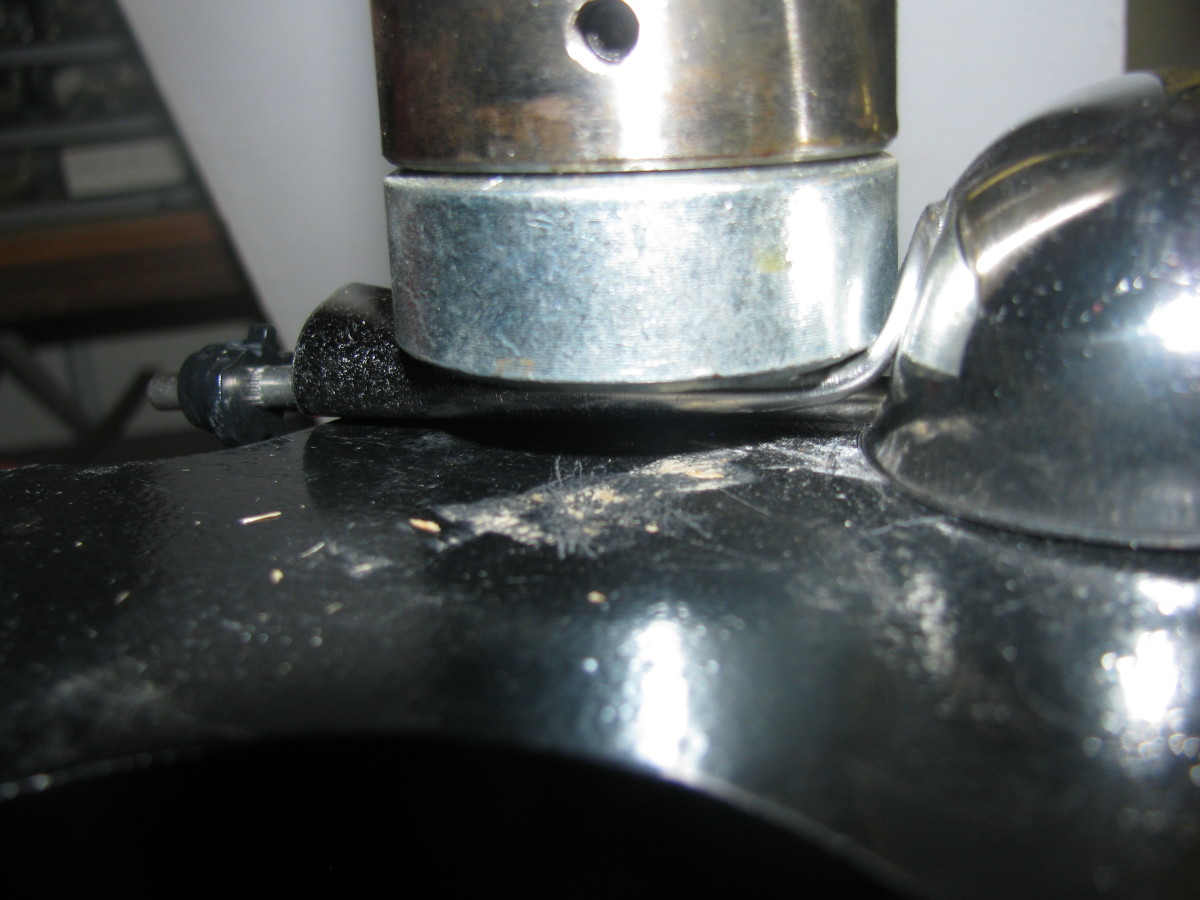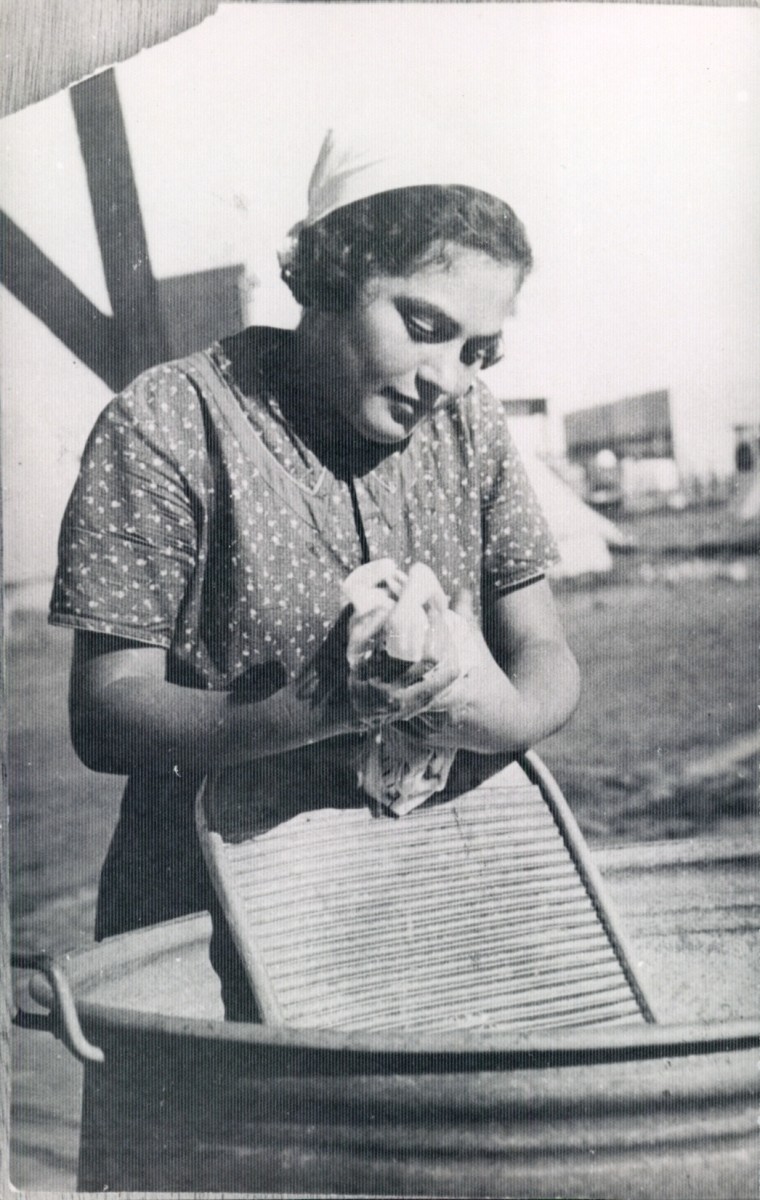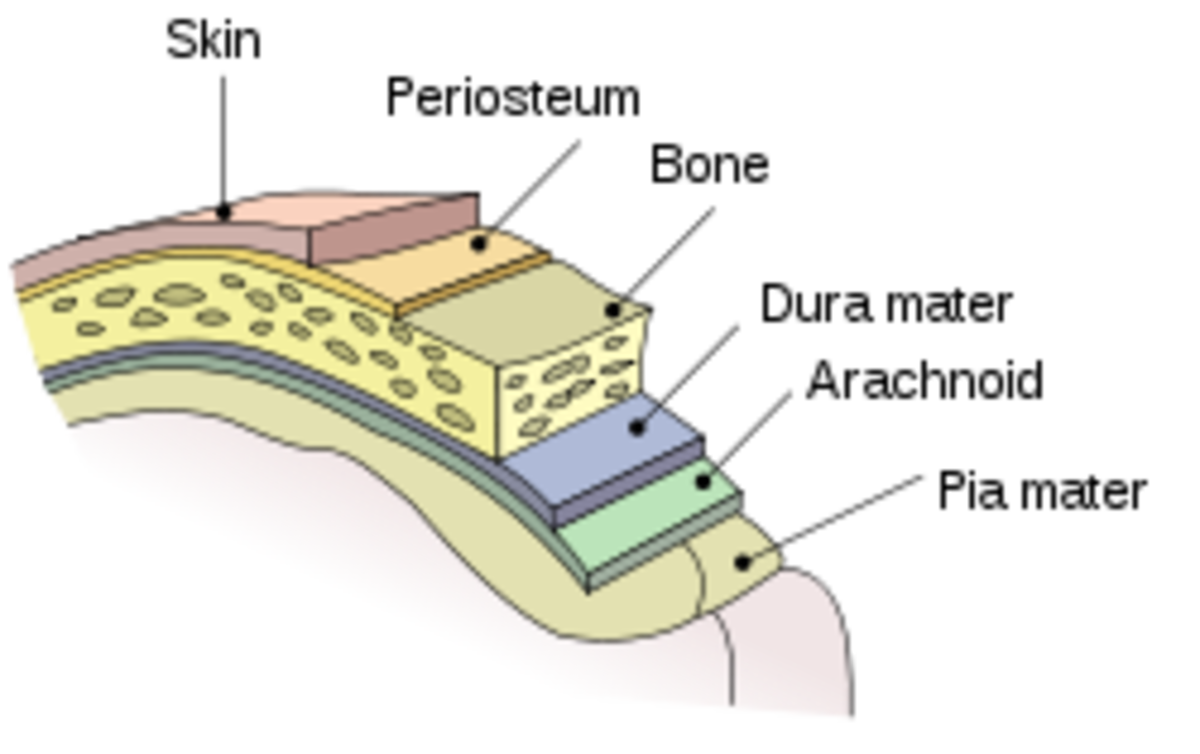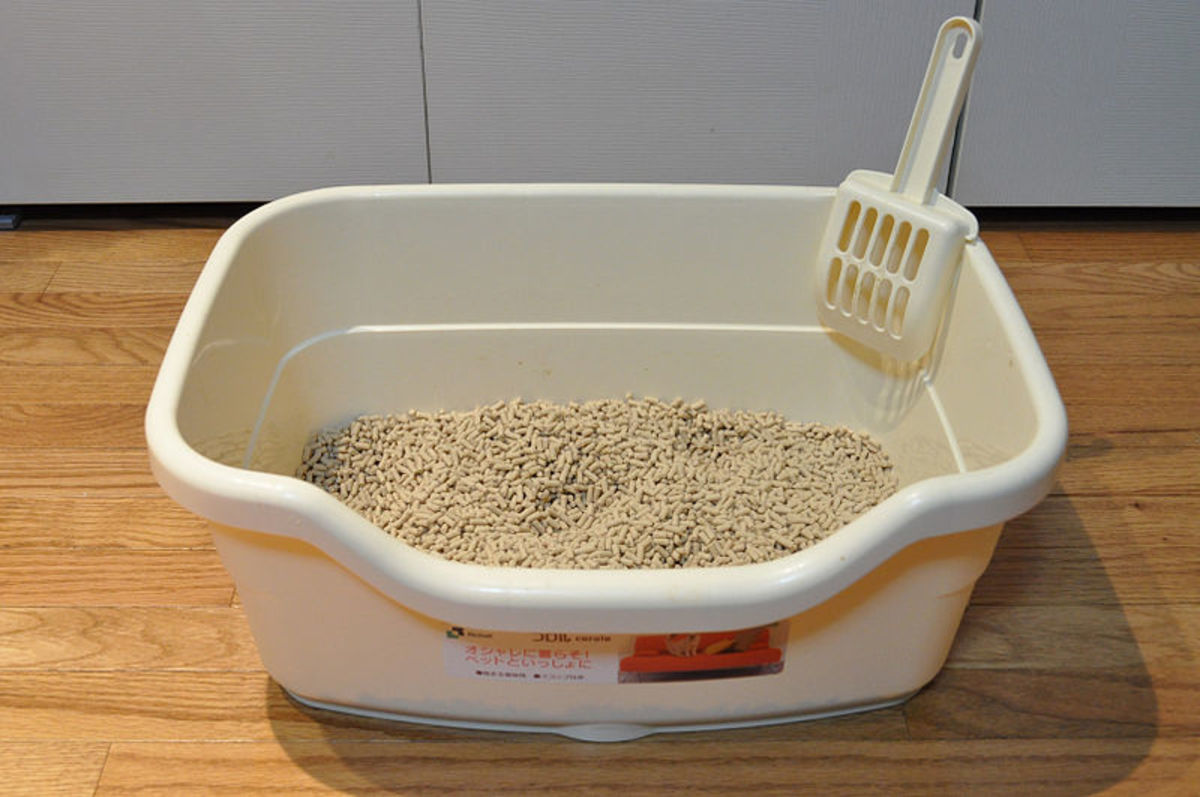Machine Guard Safety
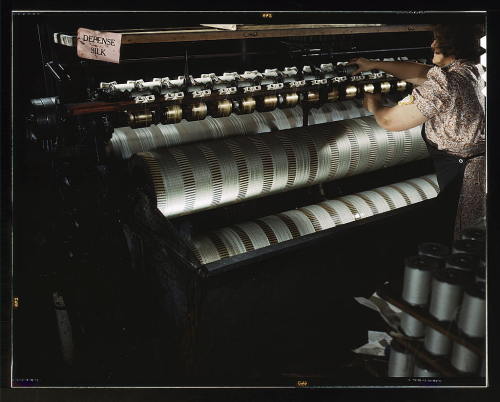
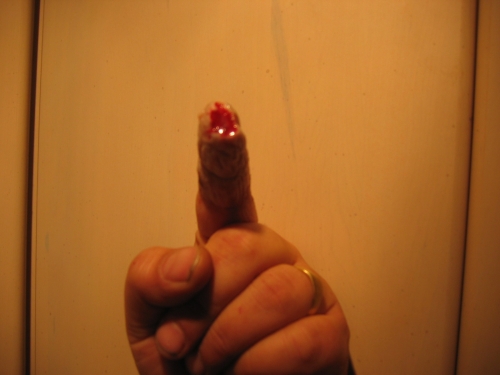
Purpose of Machine Guards
Machine guards were invented to protect the machine operator and other people in the vicinity from the machine’s moving parts, its power or fuel source, and any output spewing from the moving parts such as flying chips, shrapnel, sparks, and severed fingers of careless workers. Before machine guards became common, workers suffered horrific accidents that often resulted in severed or crushed limbs, decapitations or scalping, broken bones, wrenched arms, maiming and death.
After the Occupational Safety and Health Administration (OSHA) was established in 1971, OSHA began enforcing machine guard standards and industrial machine injuries dropped precipitously. Modern machine guards are not only safe, they don't limit productivity or hinder worker's movements.
It must come as no surprise that machine
guards are only effective if they are left in place and used correctly. They are not foolproof because fools are so ingenious. Anyone operating a machine must understand the basic safety rules
for guarding if they intend to maintain their body parts intact and undamaged.
Know the four types of hazardous machinery motions.
Rotating motions
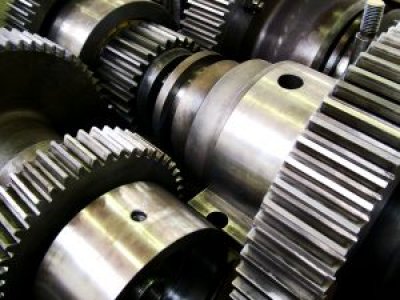
Transversing motion
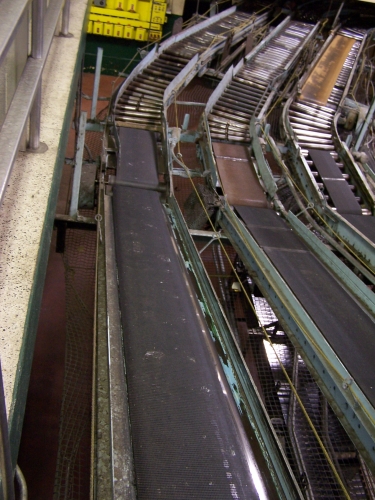
In-running nip points
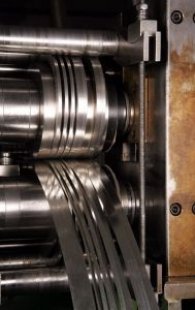
Reciprocating motion
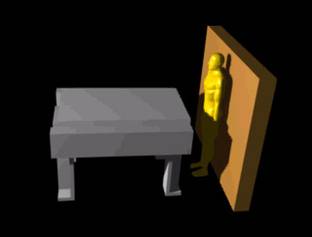
Hazardous Motions
There are four common types of hazardous machinery motions:
Rotating motion These are parts such as cams, clutches, flywheels, shaft ends, spindles, drums, and meshing gears. They can catch hair or clothing and drag a worker into the machine, or force a worker's hands or arms, causing broken bones or worse. Rotating equipment becomes more dangerous when it has exposed parts like set screws or bolts. These spinning projectiles can hit a worker and cause serious lacerations.
Transversing motion is movement in a straight, continuous line such as conveyor lines, belts, pulleys, and chains. Transversing equipment can catch and hold a worker or drag him into a shear or pinch point, causing amputations or crushing injuries.
In-running nip points
are created by parts that rotate in opposite directions while their axes are
parallel to each other. The parts are usually in contact (creating a nip point)
or close together so that stock fed between two rollers creates a nip
point. In-running nip points are common on machines with intermeshing
gears, rolling mills, and calendars. Despite the cute name, nip points are great at catching fingers and hands and crushing them.
Reciprocating parts move back-and-forth or up-and-down and are hazardous because a worker can be struck by or caught between a moving and a stationary part. Large sanders, shaker tables, and reciprocating saw blades are examples.
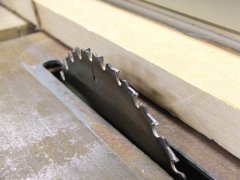
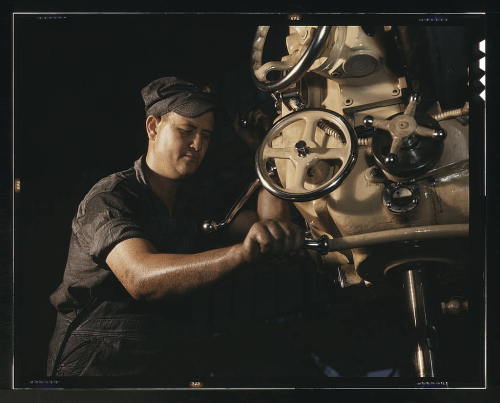

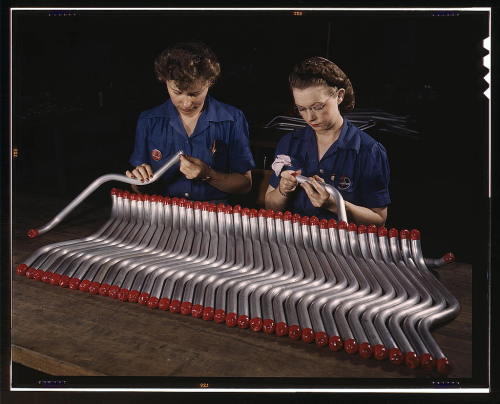
Hazardous Actions
Cutting action may involve rotating, reciprocating, or transverse motion. Cutting is dangerous because workers can lacerate or amputate fingers or limbs, and because it may throw out debris that can injure your eyes or strike your head. Common cutting machines are bandsaws, circular saws, boring and drilling machines, turning machines (lathes), and milling machines.
Punching action applies power to a slide or ram to blank, draw, or stamp metal or other materials. This action is most dangerous at the point where stock is inserted, held, and withdrawn by hand. Typical machines used for punching operations include power presses and iron stampers. As the name implies, getting caught in a punch action machine will be a painful experience.
Shearing action applies power to a slide or knife to trim or shear metal or other materials. This action is also most dangerous at the point where stock is inserted, held, and withdrawn by hand. Shears may be mechanically, hydraulically, or pneumatically powered. Whatever their power source, they are stronger than you and care nothing at all about parting your from your fingers.
Bending
action applies power to
a slide to stamp, bend, or form metal or other materials into different
shapes. Equipment that uses bending
action includes power presses, press brakes, and tubing benders. Machine that use bending action usually generate a great deal of force. Your body is fragile, so respect the machine.
Minimum Guard Requirements
Machine guards must meet certain requirements to serve as effectvie protection. A jerry-rigged guard that does not meet these standards is not going to keep your body parts whole and functioning.
- Prevent contact: The guard must prevent hands, arms, and any other part of a worker's body from making contact with moving parts.
- Secure: Guards should not be easy to remove or tamper with, because a guard made ineffective is no safeguard at all. All guards must be made of durable material that will withstand normal use and firmly secure to the machine.
- Protect from falling objects: Guards must prevent objects or people from falling into moving parts. A small tool dropped into a cycling machine could easily become a guided missile that could take your head off.
- Create no new hazards: A guard defeats its own purpose if it creates a hazard of its own.
- Create no interference: Guards should not prevent a worker from performing the job quickly and comfortably.
- Allow safe lubrication: Ideally you should be able to lubricate the machine without removing the guards. Oil reservoirs should be located outside the guard, with lines leading to the lubrication point.
It's only funny when it happens to Charlie Chaplin
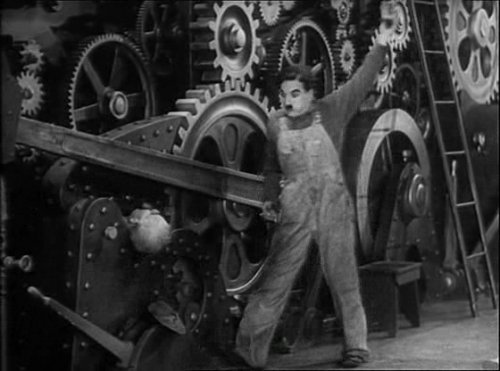
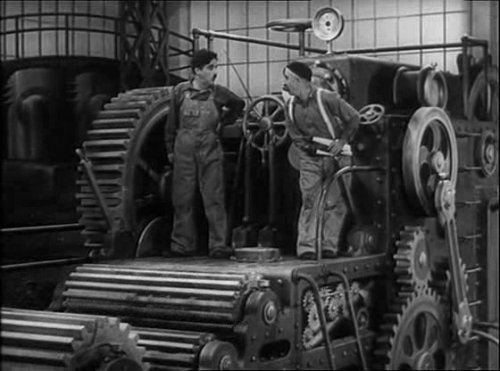
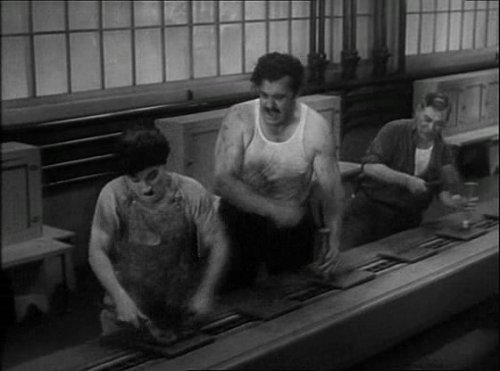
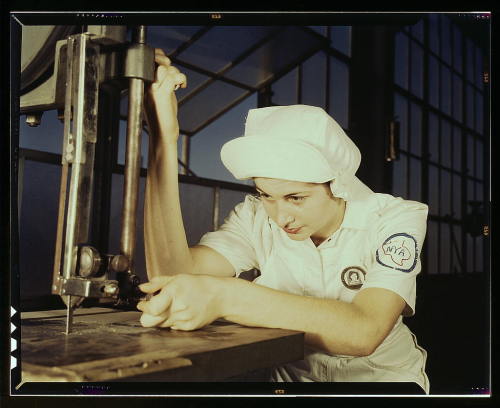
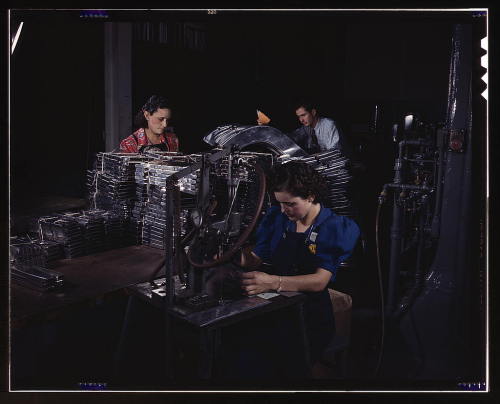
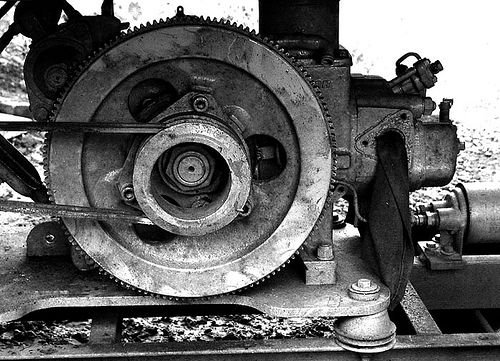
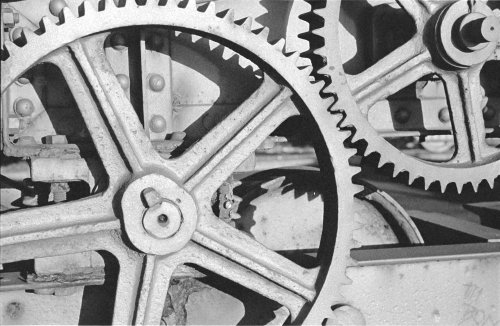
Machine Guard Rules
- Guards prevent contact between you
and the machine. Typically they are
painted a bright, contrasting color to create a visual warning. Observe the warnings and be extra careful
when working near moving parts.
- Do not remove guards unless the
machine is shut off and locked out, and then remove them only for
maintenance or machine adjustments.
Replace the guards before you re-start the machine. Never operate a machine without the proper
guards in place and never attempt to
service or unclog a machine while it is operating or the engine is running. Unless, of course, you have no further use for your fingers.
- Watch out for components on
rotating shafts, such as couplers, universal joints, keys, and pins. These will hit you as they merrily spin and not give it a second thought. Square and hexagon-shaped shafts are usually
more dangerous than round shafts because the edges can more easily grab fingers or
clothing than a round shaft. But round
shafts may not be smooth and can also grab quickly. Once a finger, thread, piece
of clothing, or strand of hair is caught on a rotating shaft it begins to wrap;
resistance is futile because pulling only causes the wrap to become tighter.
- Machines are faster and stronger
than you. Never hand-feed materials into moving feed rollers. If the materials catch while you are holding
it, the machine can wrench your arm out of its socket or pull you in with the
material. Always stop the equipment
before removing an item that has plugged a roller or become wrapped around a
rotating shaft. And allow time for freewheeling
parts to stop moving completely before you touch them.
- Keep yours hands, clothing, and hair
away from moving parts. Do not wear
loose clothing, ties, or dangling jewelry when working near machinery. Too many grisly accidents have occurred when such items were caught by the machine.
- Never stand between two objects moving toward one another. Does this need to be explained?
- Only cross conveyor lines at designated points on bridges or catwalks. Never climb over a conveyor, even if it is not operating. It may start unexpectedly.
- Before you turn the machine on check that guards are in place at all points where you could contact moving parts.
- Know how to turn power on and off if you have to do it fast.
- Use "chicken sticks" or other tools to feed material into the machine, not your hands. Or you can be macho and use your hands. Maybe you'll acquire a cool nickname like "Hook" or "Lefty".
- Mechanical power presses require
point-of-operation guards or devices that wayward hands and fingers can't get through,
over, under, or around to reach the point of operation. Light screen guards that immediately shut down operation when the beam of light is broken are a wonderful innovation available on modern shearing machines.
- Foot-controlled presses must have nonstick pedal surfaces, pedal-return springs to prevent the pedal from sticking, and pedal guards. Both hand and foot-controlled presses must have an anti-repeat feature that allows only one stroke per pedal or hand- control push.
I hope you have enjoyed this presentation. Stay safe!
